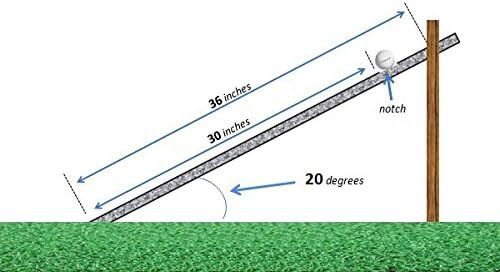I can guide you through the general process of drafting a bill for a new law. Here's a simplified outline of the steps involved:
- Identify the Issue: Clearly define the problem or issue that your proposed law aims to address. Conduct research to understand the current legal landscape, relevant statutes, and any existing proposals or laws related to the issue.
- Research and Consultation: Research similar laws in other jurisdictions and consult with experts, stakeholders, and affected parties to gather input and perspectives. This step helps ensure that your bill is well-informed and addresses the needs of those it will impact.
- Drafting the Bill: Write the text of the bill, including the title, preamble (optional), sections, and any necessary definitions or provisions. Be clear and specific in your language, and ensure that the proposed law is legally sound and enforceable. You may want to seek assistance from legal experts or legislative drafters to ensure the technical accuracy and effectiveness of the bill.
- Title and Introduction: Provide a descriptive title for the bill that succinctly conveys its purpose. The introduction should briefly explain the need for the law and its intended outcomes. Include any findings or statements of legislative intent to provide context for the proposed legislation.
- Sections and Provisions: Organize the bill into sections, each addressing a specific aspect of the proposed law. Clearly outline the rights, duties, obligations, prohibitions, or procedures established by each section. Use headings and subheadings to structure the bill logically and facilitate readability.
- Review and Revision: Review the draft bill carefully to identify any inconsistencies, ambiguities, or unintended consequences. Revise the language as needed to improve clarity, coherence, and effectiveness. Consider seeking feedback from legal experts, stakeholders, and colleagues to refine the bill further.
- Formatting and Presentation: Format the bill according to legislative conventions and requirements. Include appropriate headings, numbering, citations, and formatting conventions specified by the legislative body responsible for considering the bill. Ensure that the document is professionally presented and easy to navigate.
- Introduction and Sponsorship: Introduce the bill to the legislative body or chamber responsible for considering it. Secure sponsorship from one or more legislators who will champion the bill and advocate for its passage. Present the bill formally during a legislative session, following the prescribed procedures and protocols.
- Committee Consideration: The bill will typically be referred to one or more committees for review and consideration. Committee hearings provide an opportunity for stakeholders, experts, and the public to testify, offer input, and raise concerns about the bill. The committee may amend the bill or recommend changes before advancing it to the full legislative body for further consideration.
- Floor Debate and Voting: If the bill advances out of committee, it will proceed to the full legislative body for debate, amendment, and voting. Legislators will discuss the bill on the floor, propose amendments, and vote on its passage. A majority vote is usually required for the bill to pass and advance to the next stage of the legislative process.
- Conference and Reconciliation: If the bill is amended or modified during the legislative process, it may require reconciliation with a counterpart bill from the other legislative chamber. A conference committee may be appointed to resolve differences and negotiate a final version of the bill acceptable to both chambers.
- Enactment and Implementation: Once both chambers of the legislature have approved the bill in identical form, it is sent to the executive branch (e.g., governor or president) for signature. Upon signing, the bill becomes law and is codified in the statutory code. The law may include provisions for its effective date, enforcement mechanisms, and administrative implementation.
It's essential to follow the specific procedures, rules, and requirements of the legislative body responsible for considering the bill. Additionally, collaboration, consensus-building, and effective communication with legislators, stakeholders, and the public are critical to the success of the legislative process.

